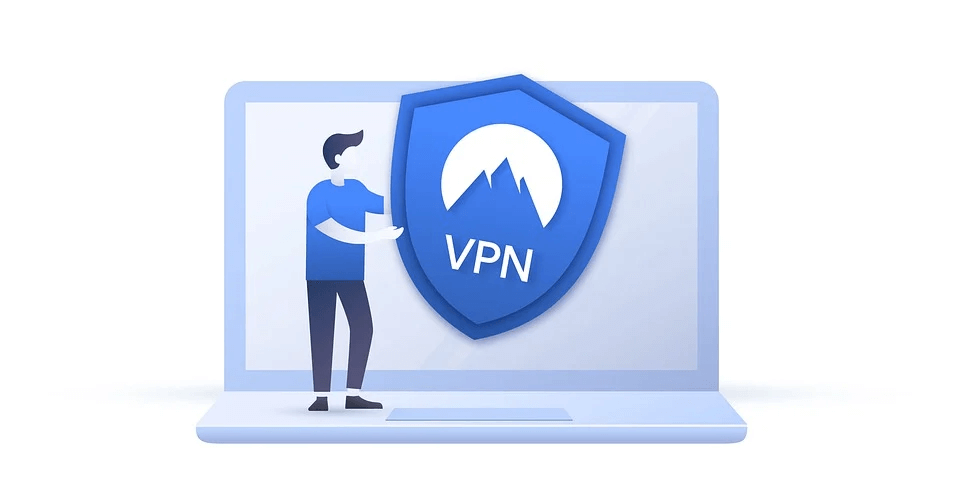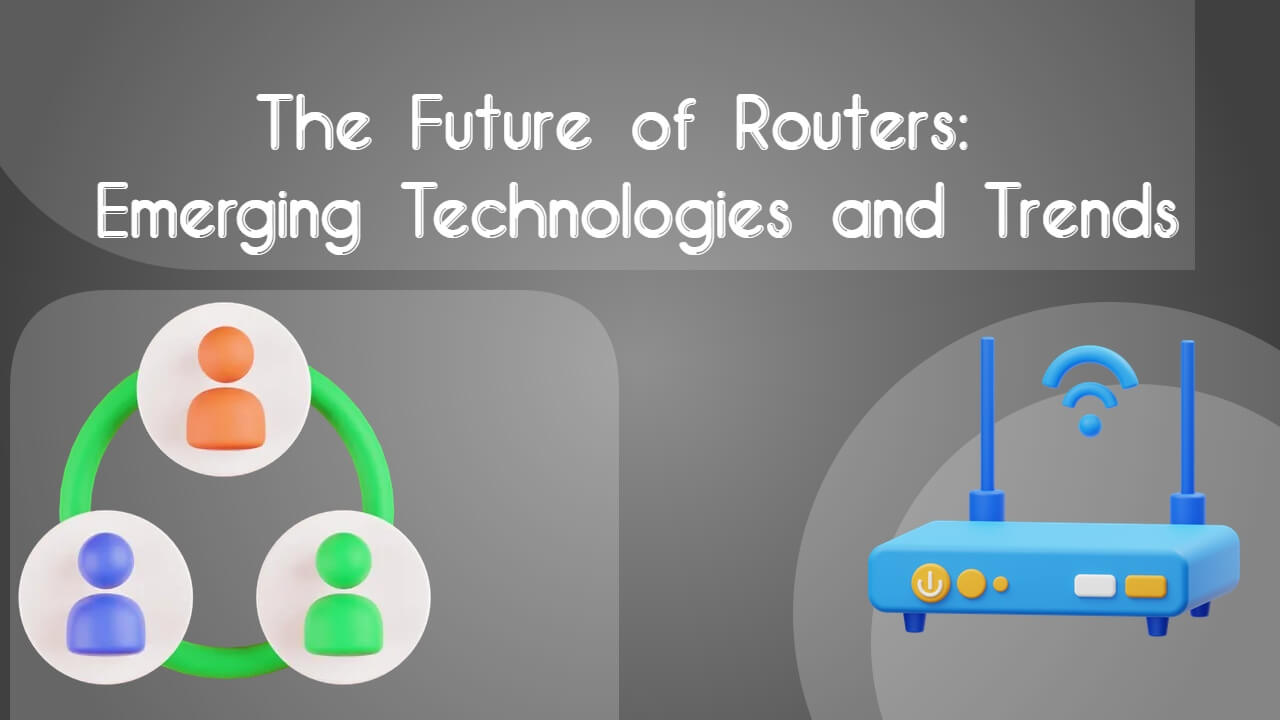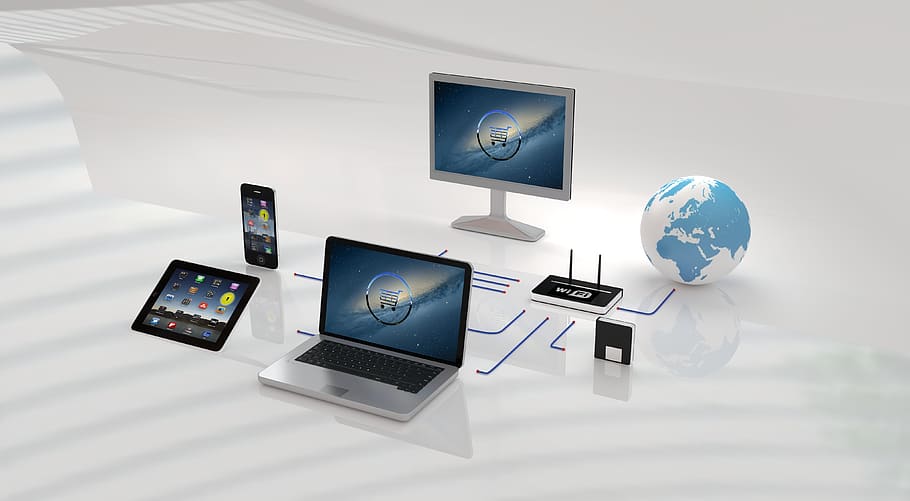15 Aug

I.P is an abbreviation for Internet Protocol and is the unique address associated with your internet connection. This allows your device to be identified using a code assigned to it. The code from the table explained before contains the information that makes your smartphone, tablet, desktop, laptop, and network recognizable so that it is clear between which two addresses communication will take place. Your internet service provider usually assigns your I.P to your modem; everyone who uses the same network also uses the same IP.
How does a website see my IP?
A site receives your I.P address when you contact a page from that site. It makes no difference whether this is the address of a mobile data connection, a home network, a school network or a VPN connection. I.P addresses enable communication between smartphones, laptops, computers, and websites: thanks to the I.P, the site you visit knows to which address the information should be sent.
How is the location of an I.P determined?
Geolocation databases contain I.P addresses and related additional data including postal codes, cities, regions, countries, longitude, latitude, proxy data, mobile data and internet providers. By looking up your IP in these databases, you can roughly determine where you are. However, it is an approach, because databases do not create user profiles, so that data is not 100% accurate and therefore a small deviation can occur.
On the other hand, an internet provider can connect your IP address to your internet subscription and therefore find your exact personal data. In exceptional cases, authorities such as the judiciary and the police can request this information. For example, Stichting Brein announced that they collect IP addresses from internet connections where illegal uploading and downloading is found. Companies such as Facebook and Google also often use IP addresses to create personal profiles in combination with locations. They can do this by tracking you, based on your I.P, when you are online.
.png)













Jay Pala